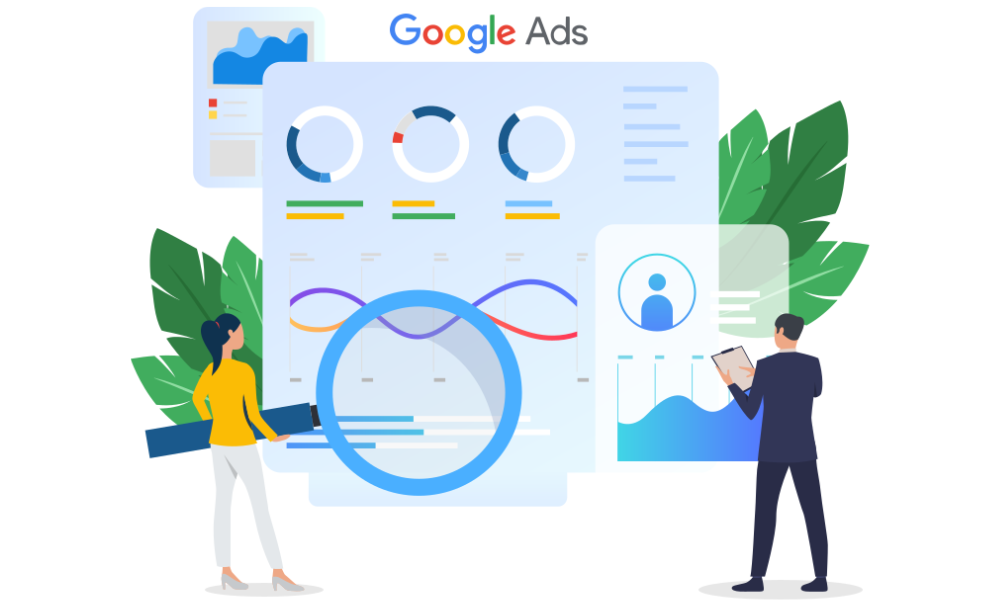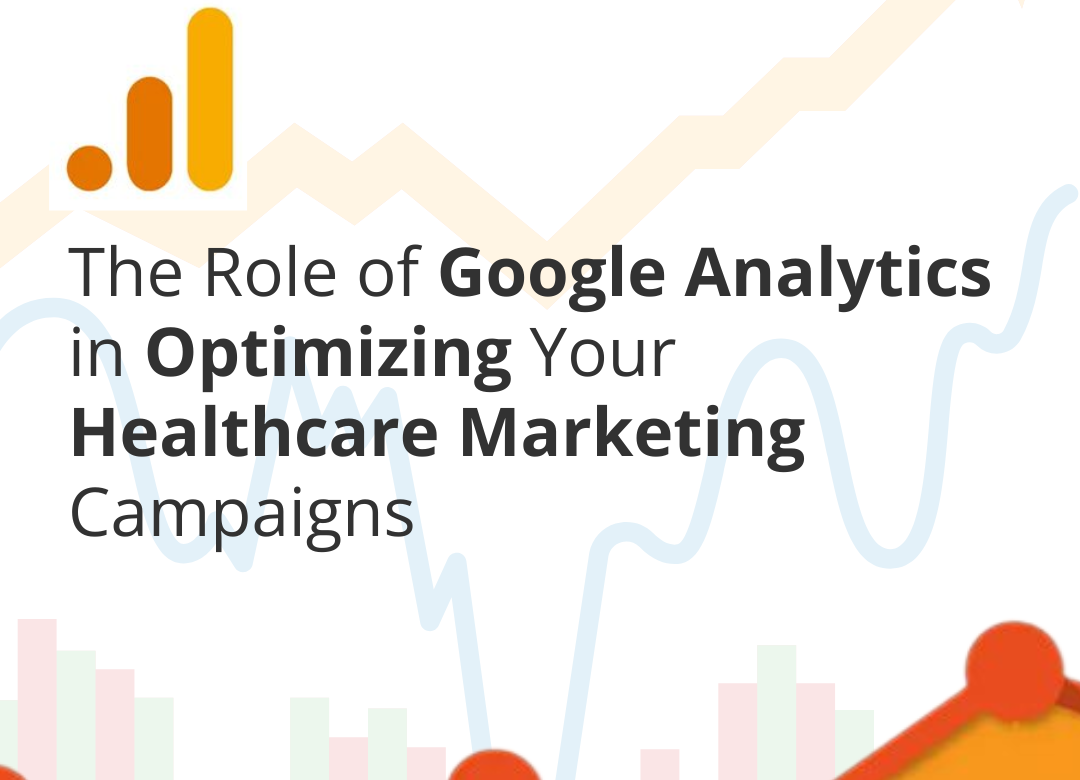
Introduction
In the ever-evolving landscape of digital marketing, Pay-Per-Click (PPC) advertising remains a powerful tool for businesses to reach their target audience. Among the various elements that contribute to the success of PPC campaigns, copywriting plays a crucial role. Crafting compelling and effective ad copy is essential for capturing the attention of potential customers and encouraging them to take the desired action. In this blog post, we will delve into the art of PPC copywriting, focusing on proven best practices that can elevate your text ads, with a particular emphasis on Google Ads services and the expertise of a digital marketing company.
Understanding the Basics
Before diving into the best practices, it’s essential to grasp the basics of PPC advertising. Manage your Google Ads for PPC campaigns, allowing businesses to create targeted ads that appear on the search engine results page (SERP) when users search for relevant keywords. A digital marketing company plays a pivotal role in optimizing these campaigns for maximum effectiveness.
Keyword Research:
The foundation of successful PPC copywriting lies in thorough keyword research. Identify the keywords that are relevant to your business and have high search volumes. Utilize tools like google keyword planner to discover valuable insights into keyword performance and competition. Incorporate these keywords strategically into your ad copy to enhance visibility and relevance.
Crafting Compelling Headlines:
The headline is the first thing users notice in your ad, so it must be attention-grabbing and relevant. Use power words, numbers, or special characters to create a sense of urgency or excitement. Experiment with different headline variations to find the one that resonates best with your target audience.
Highlighting Unique Selling Proposition (USP):
Differentiate your product or service by highlighting its unique selling proposition. What sets your offering apart from the competition? Whether it’s quality, price, or a distinctive feature, make sure to communicate it clearly in your ad copy. This helps potential customers understand the value you bring to the table.
Creating Compelling Descriptions:
The ad description provides an opportunity to expand on your USP and convince users to click on your ad. Keep the language concise, persuasive, and focused on addressing the needs and desires of your target audience. Use this space to provide additional information that may not fit into the headline.
Utilizing Ad Extensions:
Google Ads offers various ad extensions that allow you to provide additional information to users. Take advantage of these extensions to include features like site link extensions, callout extensions, and structured snippet extensions. These not only enhance the visibility of your ad but also provide more context to potential customers.
A/B Testing:
The key to continuous improvement in PPC copywriting is A/B testing. Create multiple variations of your ad copy and test them to determine which elements resonate best with your audience. Experiment with different headlines, descriptions, and calls to action to refine your approach and boost the overall performance of your ads.
Maintaining Relevance:
Relevance is paramount in PPC advertising. Ensure that your ad copy aligns with the keywords you are targeting and the content on the landing page. A cohesive and relevant user experience from ad click to landing page increases the likelihood of conversion.
Optimizing for Conversions:
Ultimately, the goal of PPC advertising is to drive conversions. Craft your ad copy with a clear and compelling call to action (CTA). Whether it’s making a purchase, filling out a form, or contacting your business, guide users toward the desired action with a persuasive and actionable CTA.
The Role of a Digital Marketing Company:
Partnering with a digital marketing company can significantly enhance the effectiveness of your PPC campaigns. These professionals bring expertise in campaign optimization, data analysis, and staying abreast of industry trends. Their insights can help you refine your PPC copywriting strategy and maximize the return on investment for your advertising efforts.
Continuous Monitoring and Optimization:
The world of digital marketing is dynamic, and what works today may not be as effective tomorrow. Regular monitoring and optimization are crucial to ensuring the ongoing success of your PPC campaigns. Digital marketing companies employ advanced analytics tools to track the performance of your ads, analyze user behavior, and identify areas for improvement.
Keep a close eye on key performance indicators (KPIs) such as click-through rate (CTR), conversion rate, and return on ad spend (ROAS). Analyzing this data allows you to make informed decisions about which aspects of your PPC strategy need adjustment. It also enables you to allocate your budget more effectively, focusing on the keywords and ad variations that deliver the best results.
Understanding the Customer Journey:
Effective PPC copywriting extends beyond creating attention-grabbing ads. To truly master the art, it’s essential to understand the customer journey. Consider the various touchpoints a potential customer may encounter before making a purchase decision. Tailor your ad copy to address each stage of the journey, from awareness to consideration to conversion.
For instance, users in the awareness stage may be searching for general information related to your industry or product category. Craft ad copy that provides valuable insights and positions your brand as an authority in the field. As users move into the consideration stage, highlight specific features and benefits of your product or service to differentiate it from competitors. In the conversion stage, focus on persuasive CTAs that encourage users to take the final step.
Leveraging Ad Copy for Branding:
While the primary goal of PPC advertising is often driving immediate conversions, it also offers an opportunity for branding. Consistent messaging, visual elements, and tone across your ads contribute to brand recognition and recall. Use your ad copy to reinforce key brand messages and values.
Consider incorporating brand-related keywords and taglines into your ad copy. This not only reinforces your brand identity but also increases the likelihood of users clicking on your ad when they have a specific brand in mind. Additionally, use ad extensions to showcase additional aspects of your brand, such as customer reviews, awards, or special promotions.
Localized Messaging:
For businesses with a local or regional focus, incorporating localized messaging into your ad copy can significantly improve relevance and appeal. Mentioning specific locations, using local dialects or references, and highlighting region-specific promotions create a sense of proximity and connection with the target audience.
Digital marketing companies specializing in local optimization can provide valuable insights into the preferences and behaviors of the local audience. They can help tailor your PPC copy to resonate with the unique characteristics of different regions, ultimately driving higher engagement and conversions.
Staying Compliant with Policies:
PPC advertising platforms, including Google Ads, have strict policies governing the content of ads. To ensure your ads are not rejected or penalized, it’s crucial to stay informed about these policies and adhere to them in your copywriting.
Common policies include restrictions on the use of certain language, the promotion of prohibited products or services, and the use of misleading or deceptive content. Digital marketing companies with experience in PPC advertising are well-versed in platform policies and can guide you in creating compliant and effective ad copy.
Exploring Advanced Tactics:
Beyond the foundational best practices, there are advanced tactics that can further enhance the impact of your PPC copywriting. These tactics involve a deeper understanding of user behavior, data analysis, and strategic thinking. Let’s delve into some advanced techniques to take your PPC copy to the next level.
-
- Dynamic Keyword Insertion (DKI): DKI allows you to dynamically insert the keyword that triggered your ad into the ad copy itself. This personalization can make your ad feel more relevant to users, potentially increasing click-through rates. However, it’s crucial to use DKI judiciously to avoid awkward phrasing or unintended combinations.
-
- Ad Customizers: Ad customizers are dynamic elements that change in real-time based on various factors, such as the user’s location, device, or the time of day. Incorporating ad customizers allows you to create highly targeted and relevant ad copy that adapts to specific user contexts.
-
- Countdown Timers: Creating a sense of urgency can be a powerful motivator for users to take action. Countdown timers in ad copy can be used to highlight limited-time offers or promotions. Be strategic in using countdowns and ensure that the landing page aligns with the urgency conveyed in the ad.
-
- Emotional Appeal: Connecting with your audience on an emotional level can significantly impact their decision-making process. Consider incorporating emotional triggers into your ad copy, such as addressing pain points, aspirations, or the joy associated with using your product or service.
-
- Negative Keywords: While not directly a part of your ad copy, negative keywords play a crucial role in optimizing your PPC campaigns. By excluding irrelevant search terms, you ensure that your ads are shown to users genuinely interested in your offering. This, in turn, improves the overall relevance and performance of your ad copy.
-
- Competitor Analysis: Keep a close eye on the ad copy used by your competitors. Understanding their messaging strategies can provide insights into what resonates with the target audience. While it’s essential to be unique, analyzing competitor ads can inspire fresh ideas and help you identify gaps in the market.
-
- Ad Positioning Strategy: The position of your ad on the SERP can impact its visibility and performance. Experiment with different bidding strategies and monitor how your ad performs in various positions. Sometimes, a lower position with a more compelling ad can yield better results than being at the top.
-
- Remarketing Ad Copy: Tailor your ad copy for users who have previously interacted with your website. Highlight specific benefits, promotions, or reminders to re-engage these users. Crafting remarketing ad copy that acknowledges the user’s previous interactions can significantly increase conversion rates.
Conclusion:
Mastering the art of PPC copywriting is a multifaceted endeavor that requires a combination of creativity, data analysis, and a deep understanding of your target audience. By implementing the proven best practices outlined in this blog post, businesses can elevate their text ads, increase visibility, and drive meaningful engagement and conversions.
Whether managing Google Ads services in-house or partnering with a digital marketing company, it’s crucial to view PPC copywriting as an ongoing process of refinement and optimization. Continuous monitoring, A/B testing, and staying attuned to industry trends are essential components of a successful PPC strategy.



